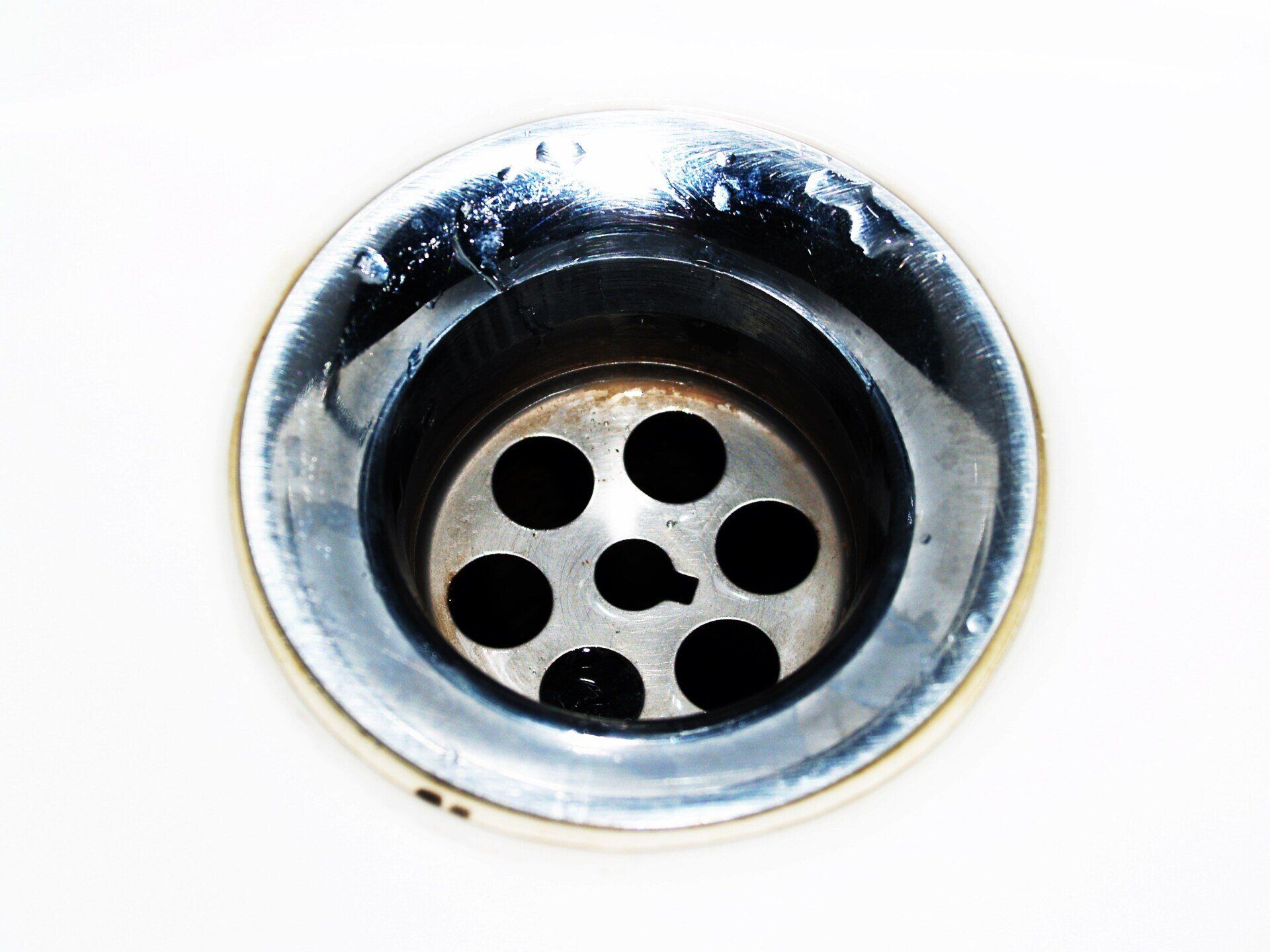Why the Anode Rod is Important to Your Water Heater
Why the Anode Rod is Important to Your Water Heater
If everything were perfect, the plumbing and appliance fixtures within your home would be in use for the rest of the time. Doesn't that sound wonderful? We realize that's not true. Therefore, the only thing we can really hope for is to get the longest lifespan from each item before it's time to be replaced.
Why is the Anode Rod Important to Your Water Heater?
In this regard, let's look at water heaters. The life expectancy of a tank-type water heater is between 8 and 12 years. One of the main factors that determine the possibility of extending the life of your tank to a higher level is the amount of regular maintenance on your unit. In the case of the majority of types of models, such as water heaters, among the essential maintenance tasks is to replace the anode rod inside the tank. Aren't sure of the purpose of this component and how to replace it? Learn more about it here, and we'll show you how.
What exactly is an anode rod? And what is it used for?
Inside a heater may be quite harsh. There is a constant churning of water and heated continuously to 120°F. However, you have a range of minerals inside the drinking water. If you're in the category of "hard water," it indicates that you are more likely to have certain minerals like magnesium and calcium. These minerals are generally harmless to our health, but they can cause havoc on the interior tanks, especially the bottom, where they are likely to accumulate.
This is the point where the anode rod steps into. Simply put, the part gives up its own body to the corrosive effects of minerals, which shields the inner and outside of the tank of water heaters. Because anode rods endure such a heavy beating, they are essentially temporary parts and are designed to wear out prior to the other components of the unit. When that happens, the anode rod has to be replaced, or the minerals will shift their corresponsive properties to the remainder of the unit.
Replacing the rod that is anode
The frequency at which you need to take care to replace the anode rod is contingent on a variety of factors, including whether you live in soft or hard water. The average is approximately every three years. If you haven't completed the math, this means that you may undergo the replacement of 3-4 anode rods over the lifespan of the water heater.
If you don't have any extensive knowledge of plumbing, replacement of the anode rod on your own could be difficult and even risky. The anode rod can be found in various locations by different companies and is sometimes difficult to reach. Furthermore, there are various types of anode rods' base materials which include aluminum, magnesium, and zinc, that are made to offer the highest level of protection based on the water composition. In light of that, it is recommended that you have your anode rod checked and replaced by an experienced plumber.
Get a
FREE Quote
Plumber Fort Mcmurray Quote
You might also like




